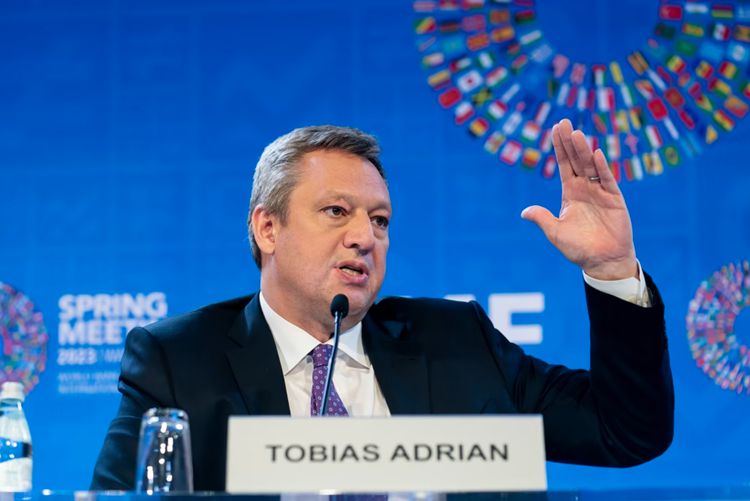The International Monetary Fund (IMF) released its Global Financial Stability Report on 11 November, saying that the resilience of the global financial system is facing multiple severe tests and that financial stability risks are rising rapidly. The report urged policymakers to take decisive action to prevent any systemic events that could affect market confidence in the resilience of the global financial system.
The report notes that the recent banking turmoil in the US and Europe warns of the challenges posed by the interaction of monetary policy, tightening financial conditions and accumulated vulnerabilities, highlighting the failure of banks to manage interest rate risk and liquidity risk, and exposing regulatory failures.
Speaking at a media briefing at the IMF and World Bank spring meetings on the same day, Tobias Adrian, director of the IMF's Monetary and Capital Markets Department, said that despite a strong and timely response from policymakers, market sentiment remains fragile as investors reassess the health of the financial system.

The report noted that inflation levels in many countries continue to be disturbingly above central bank targets. The financial system is being tested by rising inflation and higher interest rates, and advanced economies have a difficult task to ensure financial stability while restoring inflation to target levels.
The report argues that the impact of tighter monetary policy and financial conditions may be magnified given financial leverage, the existence of liquidity mismatches between assets and liabilities, and the high degree of interconnectedness between non-bank financial institutions and traditional banks.
The report says that up to now, large emerging market economies have coped relatively smoothly with the sharp tightening of monetary policy in developed economies, but a decline in global risk-taking levels could trigger capital outflows from emerging markets if financial stresses do not subside.
The IMF usually publishes the first and second half of the Global Financial Stability Report during its and the World Bank's annual spring and fall meetings, and updates it in the middle of the year and early the following year respectively. This year's spring meeting was held in Washington, DC, from 10 to 16 April.

